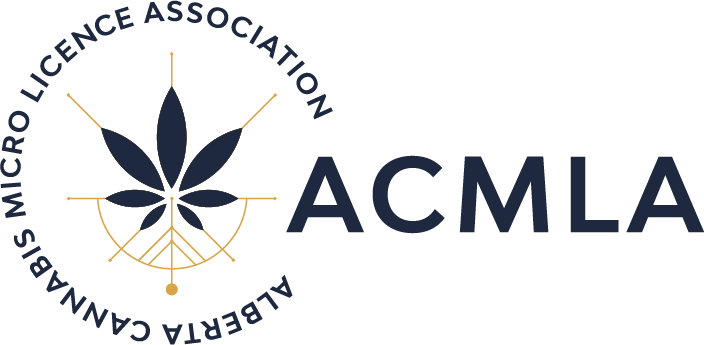Cannabis Pest Management

Cannabis is susceptible to many pests, including insects, mites, fungi or bacteria. To date, no viruses have been confirmed. The damage from pests can stunt plant growth and decrease the yield and quality of the final product. A number of pesticides are registered for use on cannabis grown commercially indoors in Canada. They are outlined in Table 1 which can be found on pg. 18. These pesticides may be considered in combination with other techniques as part of an integrated pest management (IPM) program to effectively manage pests in cannabis. This document provides guidance on best practices for pest management for commercial cannabis grown indoors and in greenhouses, and outlines the available chemical and non-chemical control options for pests commonly found in this crop.

Fig. 1: IPM Components
Integrated Pest Management (IPM)
IPM is a decision-making process for managing pests in an effective, economical and environmentally sound way, which includes six elements:
1) Prevention: planning and managing production systems to prevent pests
2) Identification: identifying pests, their damage and their natural enemies
3) Monitoring: regular monitoring of pest populations, pest damage, beneficial organisms and environmental conditions
4) Action Thresholds: making control decisions based on potential damage, cost of control methods, value of production, impact on other pests, beneficial organisms and the environment
5)Management options: may include a combination of behavioral, biological, chemical, cultural and mechanical methods to reduce pest populations and damage to acceptable levels
6) Evaluation: conducting follow up evaluations to determine the effects and efficacy of management decisions
Prevention
It is essential to focus on pest prevention due to the limited number of registered pesticides for commercial cannabis growers. When pest problems are prevented, the need for other control measures is reduced.
Prevention Strategy: Mother plants
When growing any crop, pest management should start in propagation. Mother plants, also called ‘moms’ or ‘mums’, are stock plants used to take cuttings for propagation. Because mother plants are generally kept longer than all other plants in production, they can accumulate pests that are then transmitted through clones or cuttings. A strong focus on keeping mother plants clean is a key pest prevention strategy.
Excerpt from “Integrated Pest Management for Commercial Cannabis in BC” Please read more at the source.



